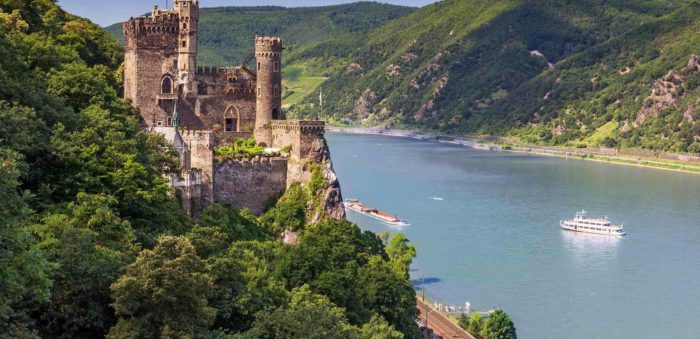Boat traffic on Europe’s Rhine river came to a halt for the first time ever last year, because of the fact that shrinking alpine glaciers and drought made the key transport artery impossible to sail through. These conditions could take place once again in a few weeks.
As Bloomberg report, water levels at the critical chokepoint Kaub, have dropped to about 150 centimeters (59 inches), which is half the depth from just a month ago. This heavily restricts the movement of barges, while all river cargo could stop once again, in case the level falls below 50 centimeters.
The Rhine is crucial for commerce in the area. It is considered Europe’s most important waterway, expanding 800 miles through industrial zones in Switzerland, Germany and the Netherlands. It is also a key route for raw materials and goods from coal and iron ore to chemicals, fertilizers and car parts.
Due to the fear of Rhine’s levels falling too much, companies in the river are increasing their emergency planning. by buying smaller boats, booking truck and train capacity and storing more supplies into warehouses.
In fact, hot and dry conditions expected to remain in place for at least the next 10 days, something that could lead the river to rely even more on rainfall.However, changes to the jet stream make it more possible that arid heat from the Sahara sweeps over Europe.
Finally, efforts to mitigate the impact of a renewed halt of Rhine shipping are temporary measures, while road and rail capacity is limited and much more expensive than barge transport.






























































